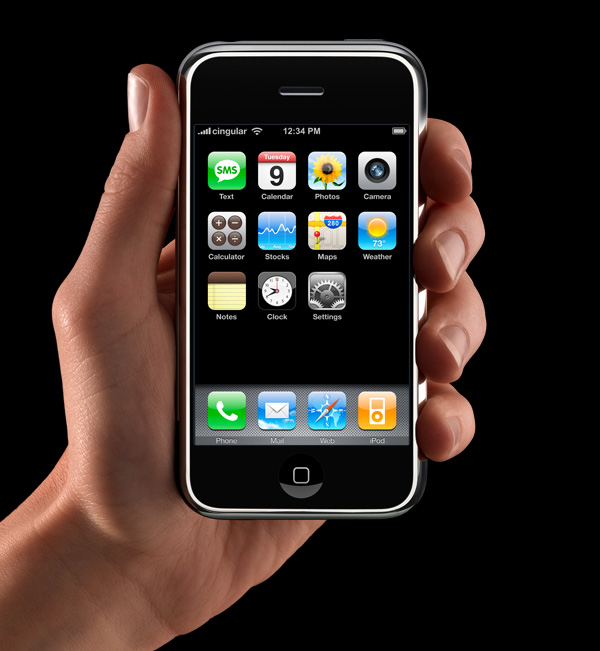iPhone expectations: Lofty to loftier

Can Apple's iPhone sell 45 million iPods in calendar year 2009 and take 7 percent of North America handset share?

That's what Piper Jaffray analyst Gene Munster is arguing in a research note Thursday. Wall Street analysts have been floating big predictions on iPhone shipments for days. Apple has projected 10 million units in calendar 2008 and analysts expect more.
Instead of pooh-poohing the prediction, let's here Munster tell it:
"We believe Apple can sell 45 million iPhones in CY09. While this may seem like a bold prediction, we believe a number in this area is not as far of a reach as some may think. Specifically, to reach iPhone units of 45 million, we believe the product will have 7.0% handset market share in North America and 2.8% handset market share in the rest of the world (ROW). We assume Street pricing on iPhone will have dropped to $338 by CY09 from $542 in CY07. Additionally, it is critical to keep in mind that the iPhone will be a combo device (iPod and mobile handset), which will attract more than just a mobile phone customer. We believe we have factored cannibalization of iPod from iPhone into our model by lowering iPod growth rates from 35%+ year over year growth in FY07 (and prior years) to 10%-15% year over year in FY08 and FY09."
That's a mouthful, but the bottom line is that 45 million units is a stretch. Munster got input from Mike Walkley, Piper Jaffray's wireless analyst, before making the call. According to Walkley, Munster's prediction is a stretch, but feasible based on the Motorola RAZR. The RAZR sold 65 million units in 2006 after launching in mid-2004.
How did the RAZR do it? For starters, price points are key. Once the RAZR fell way below $300 units surged.
There are two problems with this comparison. For one, Motorola's RAZR launch was a global launch. Apple is starting out with one carrier in the U.S. To make Munster's numbers work anywhere from 12 percent to 15 percent of AT&T customers would have to be iPhone users. Meanwhile, the iPhone may not hit the sub-$300 mark. Apple doesn't cut prices with reckless abandon--unless rival carriers dent iPhone demand with other devices. Lower priced iPhones are likely to emerge, but sales depend on whether consumers see the iPhone as an iPod replacement or a smartphone. BusinessWeek reports that the debate won't be settled until 2009.
Munster is banking that the iPhone will benefit from the iPod replacement cycle, which runs about 2 to 3 years. He assumes that 15 percent of iPod users will look to the iPhone as a replacement. Since Apple is likely to ship 100 million iPods in 2006 and 2007, 15 million iPhone units may just be iPod replacements.
Munster adds:
"If we assume 7.5 million of these are North America customers and 7.5 million are international, Apple needs only add 5.8 million iPhone buyers, on top of iPod replacement buyers, in North America and 24.3 million internationally. We believe CY09 will be the year in which we see the biggest growth in adoption, given the iPod adoption rate spiked in years 3-4 following release (growing units > 400%). We think iPhone adoption will spike between years 2-3, given greater awareness for MP3 players and music-enabled handsets. We are modeling for year over year iPhone unit growth of 223% from CY08 to CY09."
Now Apple could hit Munster's projections, but the iPhone seems to be setting up for a perceived failure. Apple has a hit on its hands, but with expectations being ratcheted up daily it will be nearly impossible to make Wall Street--and probably the tech press--happy. Let's say Apple sells 30 million iPhones in 2009. That's a big deal--unless expectations are calling for 45 million iPhones.